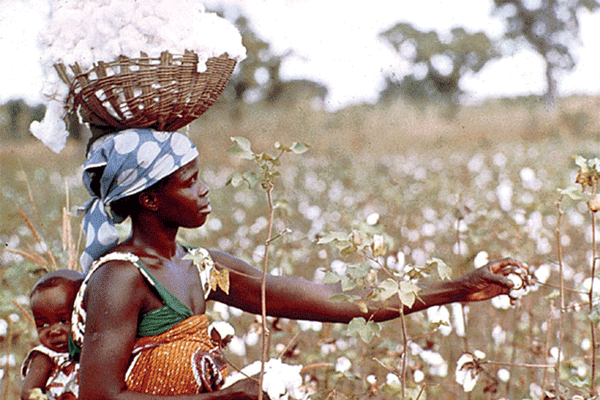
Editorial Comment
Government has yet again raised the hopes of cotton farmers, promising they will be paid 50% of their money in foreign currency through their nostro accounts and the balance in real time gross settlement (RTGS) dollars, like it did for tobacco farmers.
For growers of the golden leaf, this however did not come true as the central bank later reneged on its commitment.
The farmers are wholly paid in RTGS dollars and are only given an opportunity to buy foreign currency from banks at the day’s going rate, using 50% of their sale proceeds.
Zimbabwe’s cotton industry had virtually collapsed after production declined to 28 000 tonnes by 2015, the lowest in more than two decades as farmers abandoned the crop due to low producer prices.
The entire cotton industry value-chain had crushed. Inadequate levels of inputs and poor agronomic support had led to low yields and subsequently high side-marketing of the contracted crop.
The marketing system is still riddled with price negotiation impasses that recur every marketing season, prompting government intervention in what is supposedly a free market.
But because of renewed interest by contractors and government interventions such as the presidential input support scheme, production has been on the rebound, with farmers taking up cotton farming again.
- Chamisa under fire over US$120K donation
- Mavhunga puts DeMbare into Chibuku quarterfinals
- Pension funds bet on Cabora Bassa oilfields
- Councils defy govt fire tender directive
Keep Reading
Last year, cotton output reached 142 000 tonnes.
There is no doubt that most parts of Zimbabwe enjoy climatic conditions favourable for cotton farming, especially in the western parts of the country such as Gokwe, Sanyati and further up north in areas such as Guruve, Muzarabani and Mt Darwin, but until a comprehensive marketing system as well as solid payment models are put in place, all this input support and good climate would count for nothing.
It remains to be seen if government will stay true to its commitment and facilitate the payment of cotton growers in foreign currency as opposed to the RTGS dollar, which is fast losing value.
With inflation hovering around 60% and further increasing intensity on the farmers’ ability to stock and return to the fields, failure by the government to fulfil its promise would be catastrophic.
Addressing all issues around marketing and farming of cotton is critical to keep farmers motivated, maintain foreign currency inflows and support the textile and clothing sector which has come under threat from massive textile influx from China and imports of second-hand clothes.
The textile and clothing sector in Zimbabwe consists of three components, namely the production and ginning of cotton, transformation of lint into yarn and fabric, and the conversion of fabric and yarn into garments.
However, an increasing number of textile mills in the country are closing down due to the high costs of production and influx of cheap clothing and fabrics.
Other problems confronting the sector are outdated technology, low productivity and lack of investment.











